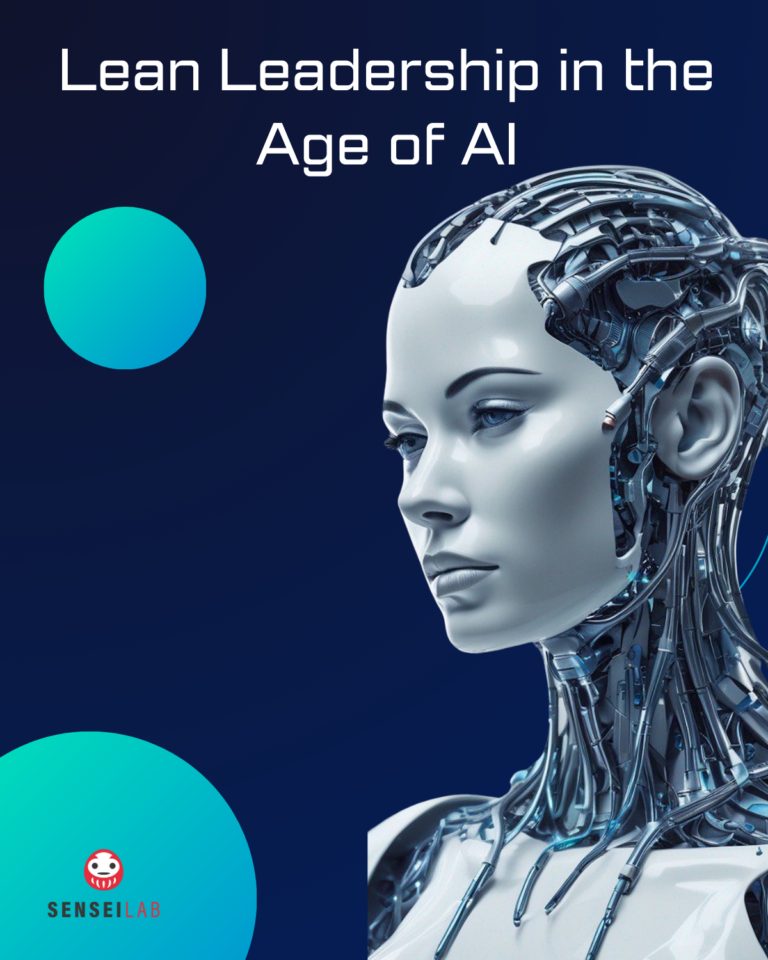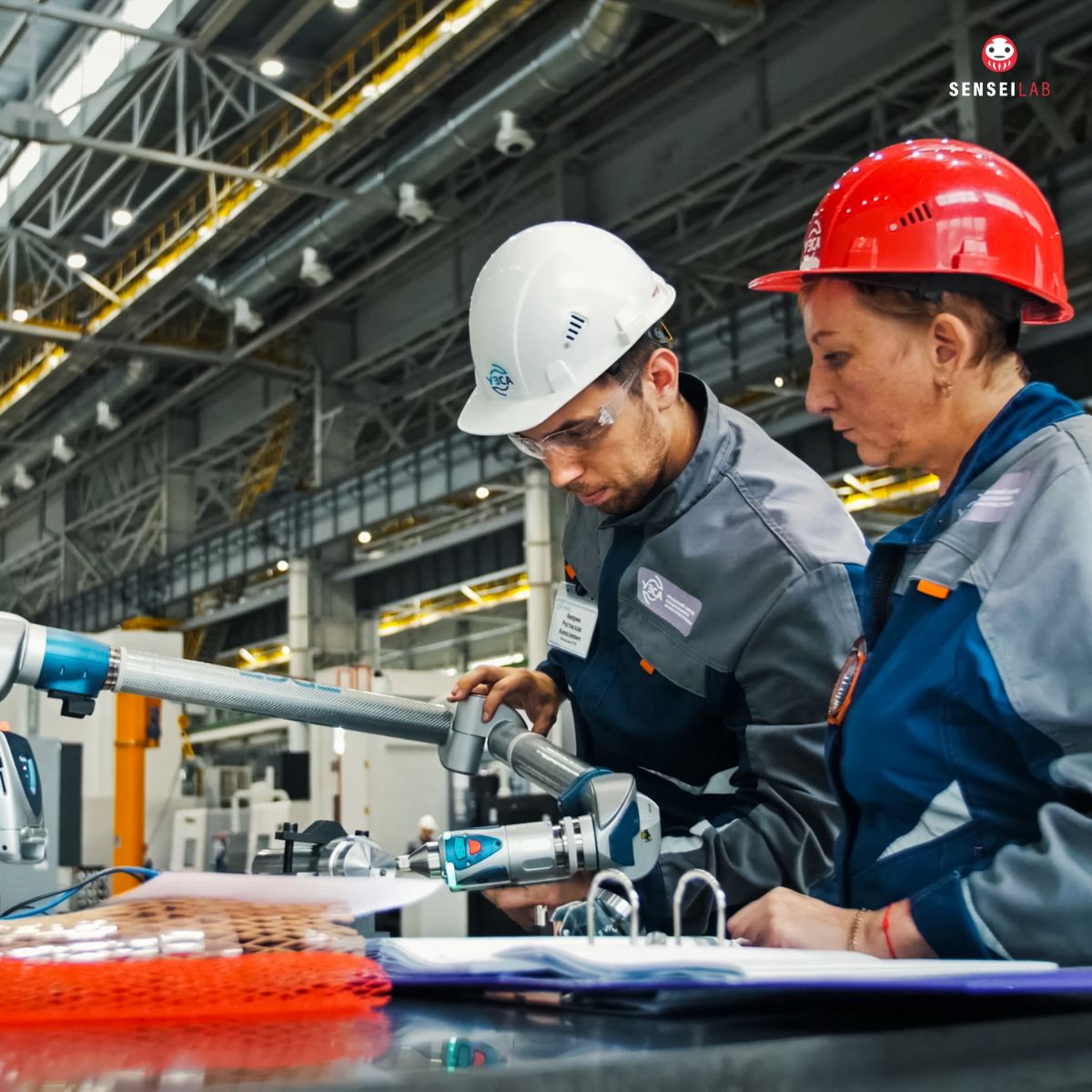Today’s leaders face the exciting yet complex challenge of navigating a world where artificial intelligence (AI) is reshaping how we work, decide, and innovate. AI promises unparalleled capabilities—from data-driven decision-making to streamlining operations at scale. However, successful leadership in this era means balancing the efficiency AI provides with the irreplaceable human qualities that drive true impact.
At the core of this transformation lies an approach that lean leadership champions well: focusing on creating value while eliminating waste. Here’s how leaders can empower themselves to maximize AI’s potential while staying deeply rooted in human-centered principles.
1. Use AI as a Tool for Simplicity and Flow
Lean leadership thrives on streamlined workflows and minimizing bottlenecks. AI excels here by automating repetitive tasks, organizing chaos, and offering deep insights into operations. For example, predictive analytics can forecast demand trends, helping organizations allocate resources efficiently and remove waste from their value chain.
Actionable step: Identify areas where processes lag or require extensive manual labor and explore AI tools to automate those tasks. Start small, test the impact, and scale up.
2. Amplify Human Strengths Through AI Partnerships
While AI can process data faster than any human, it lacks emotional intelligence, ethical judgment, and the ability to understand nuanced human needs. Empathy, creativity, and moral reasoning are unique to us and remain essential to strong leadership.
Imagine leveraging AI to free up time for your team to invest in creativity and people-first leadership. By offloading operational heavy lifting to machines, leaders can focus on empowering individuals and fostering innovation.
Actionable step: Pair AI-powered tools with human ideation sessions. Use the insights AI generates as a starting point, not an endpoint, for developing creative solutions.
3. Lead with a Value-Driven Mindset
AI often focuses on “use cases.” Yet lean leadership reminds us to focus on “value cases” instead. Ask not how AI can be used, but explore how it can generate real, measurable value for people. Whether it’s enhancing customer satisfaction or improving employee well-being, centering around value reinforces purpose.
Actionable step: Redefine your key metrics with a focus on outcomes, not just efficiency. Partner with your teams and stakeholders to clearly define how AI initiatives should enhance customer value or team satisfaction.
4. Stay Human-Centric in Decision Making
AI systems may provide recommendations, but leadership still requires decisions guided by ethics, intuition, and a deep connection to purpose. The risk of over-relying on AI lies in losing sight of the broader human and societal consequences of decisions. A lean leader values the voice of the people and seeks feedback from the very individuals AI impacts.
Actionable step: Before approving any major AI-driven shift, seek diverse input from your teams. Ask how changes align with your organizational values and how they will affect individuals directly.
5. Foster an Open Culture of Experimentation
AI thrives in environments where leaders encourage learning, testing, and adapting. Lean leadership embraces continuous improvement (“kaizen”) to not only build smarter strategies but also inspire teams to innovate fearlessly. Equip your teams with the skills to experiment with AI and iterate based on results.
Actionable step: Create cross-functional teams to work on small AI pilot projects. Encourage frequent feedback and assess not only the technology’s impact but also how well it integrates into existing values and goals.
Final Thought
AI is not here to replace you as a leader; it’s here to make you a better one. Leaders who succeed in this era will not just implement AI for efficiency, but will use it thoughtfully to enhance the human connection, reinforce creativity, and cultivate trust. Lean leadership, with its focus on people, value creation, and continuous improvement, is the perfect philosophy to guide this transformation.




